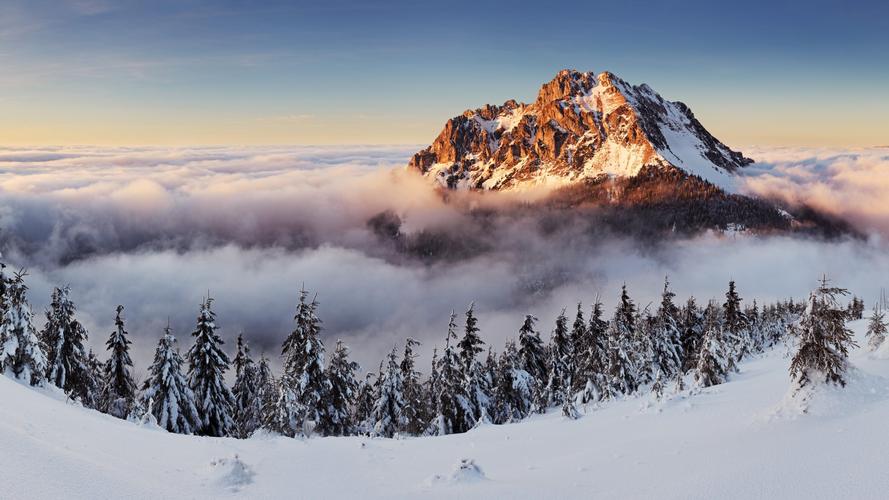Heritage landscapes are those landscapes that have developed over time and are imbued with cultural, historical or spiritual significance. These landscapes not only reflect the interaction between people and their environment, but also contribute to the cultural identity of communities and can hold significant economic and social value.
The relationship between people and their environment can be understood through the study of heritage landscapes. These landscapes hold clues to the way societies have developed, the types of resources that have been important to them, and the traditions and belief systems that have shaped and been shaped by these environments.
For example, a landscape that has been used for agriculture for generations may be shaped by the types of crops that have been grown there, the methods of farming, and the social organization of farming communities. Similarly, a landscape that has been used for spiritual or religious purposes may reflect the beliefs, rituals and symbolic meanings associated with the environment.
Heritage landscapes can also provide important economic and social benefits. For example, heritage tourism is a growing industry that can benefit local communities and help to preserve important landscapes. Additionally, the preservation of heritage landscapes can provide valuable ecosystem services, such as water purification and climate regulation.
However, heritage landscapes are also threatened by a range of human activities and natural processes. Urbanization, agriculture, mining, and climate change are just a few of the factors that can alter or destroy important cultural and natural heritage landscapes.
It is important to recognize the value of heritage landscapes and to work to preserve them for future generations. This can involve a range of approaches, from education and awareness-raising to policy interventions and land-use planning.
By exploring the relationship between people and their environment through the lens of heritage landscapes, we can gain a deeper understanding of the ways in which societies, cultures, and ecosystems are interconnected. This knowledge can inform policies and practices that promote sustainable development, environmental stewardship, and cultural preservation.
(Note: Do you have knowledge or insights to share? Unlock new opportunities and expand your reach by joining our authors team. Click Registration to join us and share your expertise with our readers.)
Speech tips:
Please note that any statements involving politics will not be approved.
